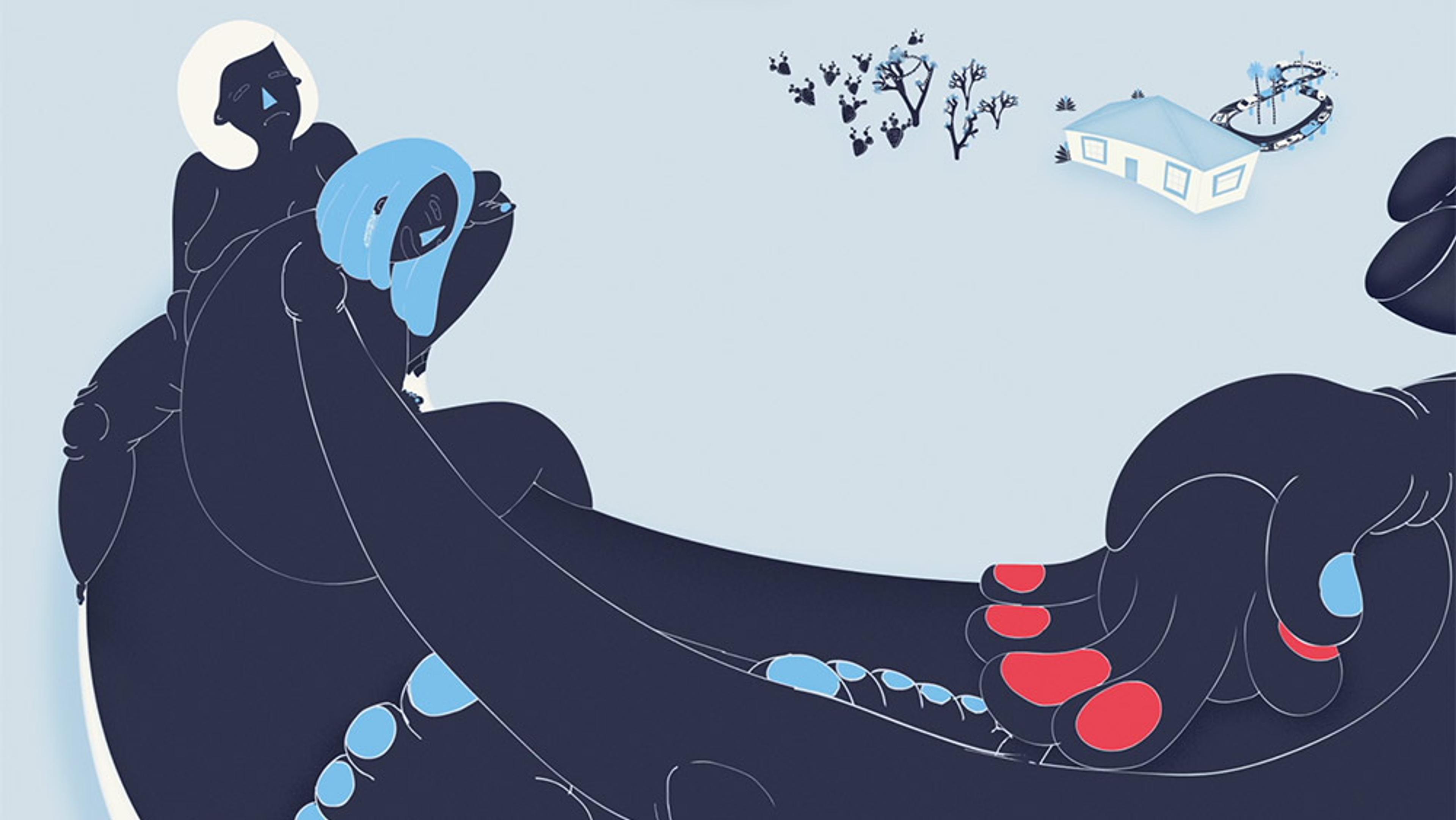The womb isn’t as welcoming a space for a developing offspring as you might imagine. Indeed, from the moment an embryo is implanted in the mother’s womb, her immune system views the foreign body as something of an invader. Thereafter, the relationship between mother and developing baby is at least partially defined by a biological war over resources. In this clash, the placenta serves as a life-giving intermediary between mother and offspring, allowing for the transport of nutrients while keeping blood supplies entirely separate. With a surrealist-inspired touch, this animation by Diana Gradinaru for the Royal Institution of Great Britain traces the many functions of this fascinating, essential and short-lived organ, as well as its viral evolutionary origins.
In the tug-of-war between mother and baby, the placenta is a life-giving referee

videoBiology
New research helps predict which human embryos are most likely to succeed
4 minutes

videoBiology
Dive deep into an egg cell to see how ageing reboots when a new life begins
2 minutes

videoEvolution
Slime trails and ‘love darts’ – on the strange, slow skirmishes of snail sex
4 minutes

videoGender
When it’s simply maternal instinct to eat your young
3 minutes

videoPhilosophy of science
The hydra’s amazing resilience challenges ideas that all living things must die
4 minutes

videoBiology
Pearls before squid: how a cephalopod is born, in stunning microscopy footage
5 minutes

videoPhilosophy of mind
Caring for the vulnerable opens gateways to our richest, deepest brain states
7 minutes

videoGender and identity
A magical mystery trip through the complex connections in women’s bodies
5 minutes

videoSpace exploration
Would children born beyond Earth ever be able to return to humanity’s home planet?
5 minutes